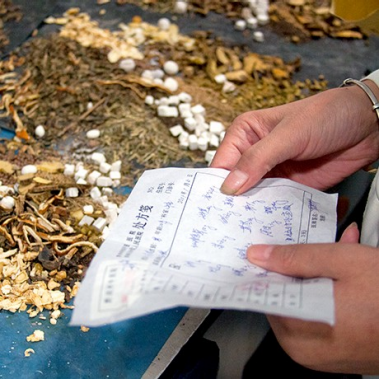Marketing of healthy products has evolved beyond general terms like “good for you” towards clinical claims that are personalized, quantifiable, and targeted, whether the goal is weight loss, improving memory, or fighting off carcinogens. Beyond this, consumers seek more care outside of the clinical setting and increasingly self-diagnose, self-medicate, and self-monitor.
These changing consumer trends have renewed interest in the >700 B USD worldwide Health and Wellness business, in key segments such as over-the-counter (OTC) medicines and vitamins, herbals, minerals and supplements (VHMS). Asia-Pacific’s share of the global market has grown from 19% in 2007 to >30% in 2017[1] as the population and purchasing power in the region have increased
Many multinational Healthcare (Pharmaceuticals) and Consumer Packaged Goods (CPGs) companies have long held Consumer Health businesses as a diversification strategy particularly given relatively higher margins maintained compared to other lines, such as off-patent drugs or food products. Numerous Asian companies have also entered VHMS, creating new brands or exporting them into Asia from established markets such as Australia and the United States. This steady growth in Asia and increasing local activity provides an opportunity to reevaluate the opportunity in Asia-Pacific.
The region, however, is diverse, and every market poses different competitive and accessibility challenges for potential new entrants. Furthermore, Asia is also home to many local conglomerates and domestic CPGs with stronger and deeper penetration and footprint than MNC players. However, there is often no clear winner across the many Consumer Health categories. The opportunity is here – how can we access it?
This report lays out a framework for determining keys to success in evaluating potential opportunities in this space, which we will further detail in subsequent papers.







